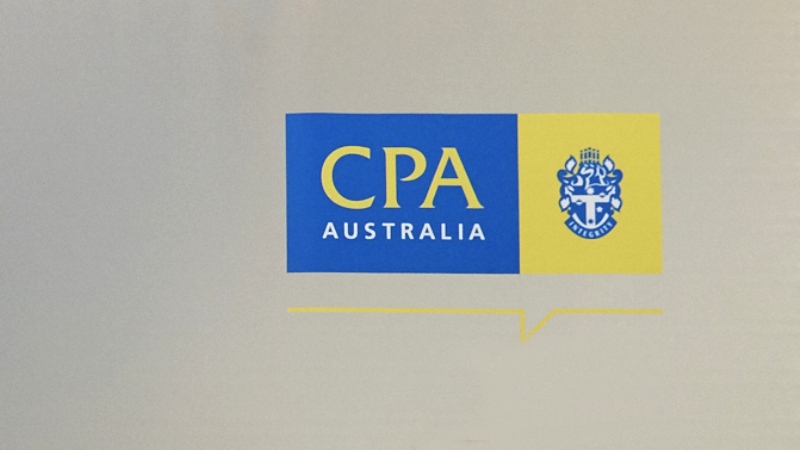Further clarity needed to better define fee provision changes for SMSF audits
The recently issued exposure draft amendments to fee provisions in the auditor independence code requires greater clarity to address arising uncertainties that could impact the SMSF audit, according to an accounting body.
The APESB has recently issued exposure draft amendments to fee provisions in the APES 110 Code of Ethics.
In a recent submission to the APESB, CPA Australia said it was supportive of the APESB’s proposed amendments to APES 110 Code of Ethics for Professional Accountants (including Independence Standards) (the code) outlined in its exposure draft (ED) issued in May.
However, the accounting body noted that there were various changes that required greater clarity, as they could further increase challenges for SMSF audit firms in the current environment.
In the exposure draft, AUST R410.14.1 sets out that when the total fees in respect of multiple audit clients referred from one source represent more than 20 per cent of the total fees of the engagement partner, an office of the firm or the firm expressing the audit opinions, the firm shall evaluate the significance of the threat and apply safeguards when necessary to eliminate the threat or reduce it to an acceptable level.
CPA Australia recommended that it should be consistent with other paragraphs in the code covering similar concepts such as R410.15 and R410.18 and this paragraph should be amended to read “When for each of five consecutive years the total fees…”.
“Without having an appropriate time frame specified and whether the most appropriate time frame is five years, or something less, it can create unnecessary challenges for newer firms that are building their client bases, or for firms that have been subject to an unusual one-off occurrence in one particular year,” CPA Australia said.
It is also unclear from the wording of the paragraph when a referral is considered to have ceased to be a threat to independence, said the accounting body.
“That is, once a client becomes an ongoing client of the auditor, does the initial referral by another source continue to be a threat? Does it cease to be a threat after a certain number of years?” CPA Australia noted.
“Clearly, if the initial referral is considered to be part of the calculation of the 20 per cent every year, for the purposes of this paragraph, an audit firm will reach a stage where they are unable to receive referrals from a particular source many years (maybe never) after initial referrals are made. Clarity on this point is required.
“The APESB should consider clarifying why it opted for a 20 per cent threshold for this requirement, rather than a 15 per cent (for audit clients that are public interest entities) or a 30 per cent (audit clients that are not public interest entities) threshold that is used in other parts of the proposed revisions. The decision to specify 20 per cent seems arbitrary and so should be explained in the Basis for Conclusions that is published when the revisions are finalised and issued.”
In regard to the evaluation or compensation of a key audit partner in R411.4, CPA Australia also recognised that this proposed paragraph effectively extends (from a partner’s audit client to the audit clients of the firm) the prohibition that currently exists in R411.4 and that it follows from a recommendation made by the recent report of parliamentary joint committee on corporations and financial services inquiry into regulation of auditing in Australia.
“While generally supportive of its inclusion, feedback from members suggests that it is important that the prohibition does not prevent a partner from fulfilling his/her responsibilities as a partner,” the accounting body noted.
“Moreover, as an alternative to a prohibition, consideration might be given to having full disclosure and transparency requirements where a partner secures non-assurance service business from a client that is not his/her specific client.”
When it comes to overdue fees, the APESB states the level of the self-interest threat might be impacted if fees payable by an audit client for the audit or services other than audit are overdue during the period of the audit engagement.
Factors that are relevant in evaluating the level of such a self-interest threat include the significance of the overdue fees to the firm, the length of time the fees have been overdue and the firm’s assessment of the ability and willingness of the audit client to pay the overdue fees.
CPA Australia said that the “ability” of an audit client to pay overdue fees is a serious consideration, and directly impacts the audit that is performed.
“That is, if an auditor assesses that a client’s inability to pay is connected to the solvency/going concern of the client, the financial reporting framework used and the way the audit is conducted is directly affected,” the submission explained.
“While R410.13 (b) states that a firm should consider whether to continue with an engagement in these circumstances, it may not always be possible to take that course of action.
“Consideration might be given to providing more guidance (and/or a reference to appropriate guidance) for firms where this situation arises.”
The submission also noted in regard to factors for evaluating the level of threats the point on whether the quality of the firm’s audit work is subject to the review of an independent third party, such as an oversight body, is a little unclear.
“That is, could the threat be considered reduced when the firm knows that a particular audit, or set of audit files pertaining to an audit, will be subject to an independent review?” CPA Australia said.
“Or could the threat be considered reduced merely because the firm itself is subject to regular review by an oversight body, even if a particular audit is not chosen for explicit review?”

Tony Zhang
Tony Zhang is a journalist at Accountants Daily, which is the leading source of news, strategy and educational content for professionals working in the accounting sector.
Since joining the Momentum Media team in 2020, Tony has written for a range of its publications including Lawyers Weekly, Adviser Innovation, ifa and SMSF Adviser. He has been full-time on Accountants Daily since September 2021.


